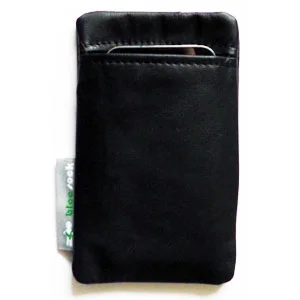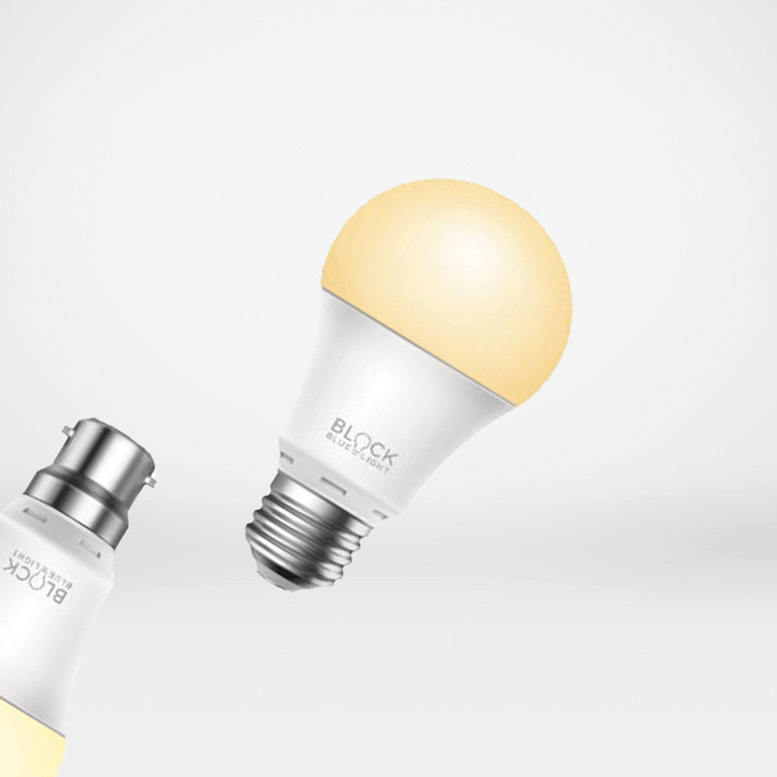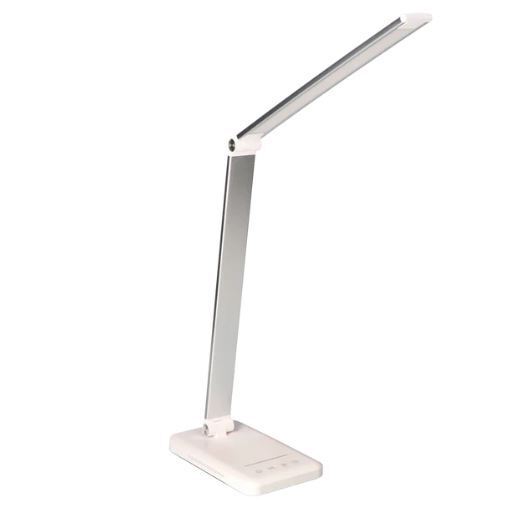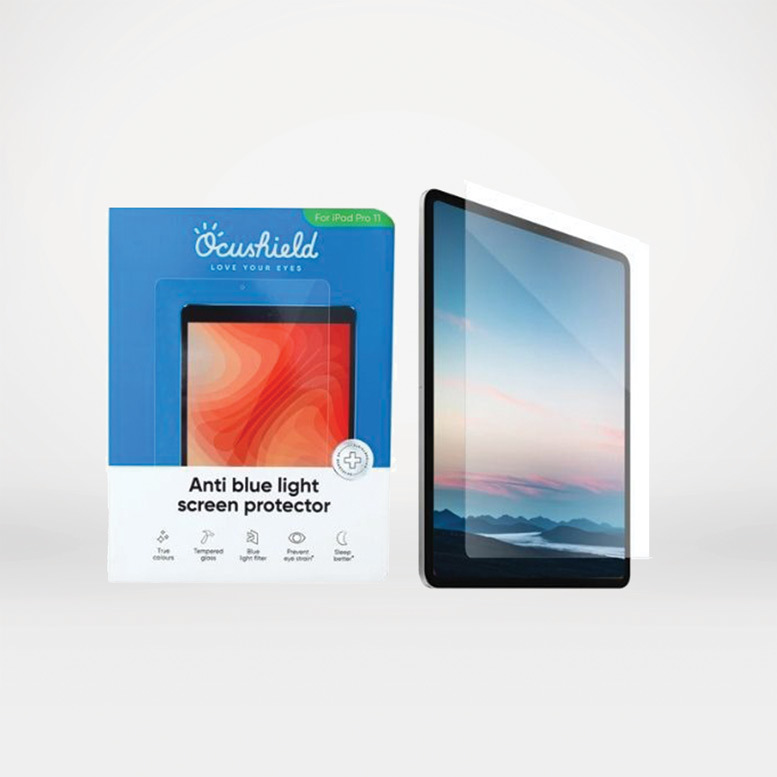Do EMF Protection Products Really Work? A Scientific Analysis
With electromagnetic field (EMF) exposure increasing exponentially in our digital age, the market for EMF protection products has exploded. From phone cases and laptop shields to pendant necklaces and whole-house systems, countless products promise to protect you from harmful radiation. But do these products actually work? This comprehensive analysis examines the scientific evidence behind EMF protection technologies to separate fact from fiction.
The Multi-Billion Dollar Question
The global EMF protection market is growing, driven by health concerns and technological advancement. However, the effectiveness of these products varies dramatically based on design, materials, and intended application. Understanding the science behind EMF shielding is crucial for making informed purchasing decisions.
The Science of EMF Shielding: What Actually Works
Fundamental Shielding Principles
EMF shielding works through three primary mechanisms: reflection, absorption, and scattering of electromagnetic waves. Effective shielding materials typically contain conductive elements like copper, silver, or specialized metallic fibers that can redirect or absorb electromagnetic energy before it reaches the user.
Laboratory Testing Results: What the Research Shows
Independent laboratory studies have revealed significant variations in EMF protection product effectiveness. Products that perform well typically share common characteristics: high-quality conductive materials, proper design for intended frequency ranges, and complete coverage of the area being protected.
Phone Case Effectiveness Study
A 2023 study by the FCC tested 15 popular EMF phone cases and found that only 4 provided measurable protection, with the best performers reducing SAR (Specific Absorption Rate) by 40-60%. Cases with incomplete coverage or poor material quality showed negligible protection.
Product Categories: Effectiveness Analysis
High-Effectiveness Products
Professional Faraday Cages
Effectiveness: 95-99% - Provide near-complete EMF isolation for sensitive equipment or sleeping areas. Properly installed systems offer measurable, scientifically verified protection.
High-Quality EMF Paint
Effectiveness: 85-95% - Conductive paints containing copper or graphite can effectively shield walls when properly applied with adequate coverage and grounding.
Professional-Grade Clothing
Effectiveness: 40-80% - Garments with high silver or copper fiber content provide measurable protection, particularly when covering large body areas.
Medium-Effectiveness Products
Phone Cases & Laptop Shields (20-60% effectiveness): Quality varies dramatically. Products with proper engineering and testing can provide moderate protection, but some consumer products offer minimal benefit.
Low or No-Effectiveness Products
Pendant/Jewelry "Harmonizers" Some small pendants, stickers, and jewelry claim to "neutralize" or "harmonize" EMF, but since measuring their effectiveness via an EMF meter isn’t an option (as most claim to ‘neutralize’ EMFs, rather than block them) it’s difficult to show scientifically measurable protection. Suppliers do tend to provide more information, and so you can read that and make your own mind up. While benefits of pendants and harmonizers are hard to prove scientifically, many users do report positive benefits including help alleviating symptoms of EMF. Note too, that people react differently to EMF exposure, and that some people have less or more favourable results with certain products than others. It could be a case of trying and seeing what works best for you.
Independent Testing: What to Look For
Laboratory Standards and Certifications
There are standardized methods such as ASTM D4935 for shielding effectiveness or IEEE 299 for enclosure shielding, but note that some EMF standards/guidelines have been criticised for being outdated and not stringent enough. If you have a good quality EMF meter, one possibility is to test product protection yourself using your own meter. Many people trust their own meter more than third party testing.
Red Flags in EMF Protection Marketing
- 100% protection claims: Wearable products, for example, are unlikely to provide complete EMF elimination
- Lack of specific testing data: Legitimate products provide measurable attenuation values
- Universal protection claims: Different frequencies require different shielding approaches
- Testimonials over science: Personal stories don't replace laboratory testing. That said, some ‘scientific’ studies have been criticised for inaccuracies and industry bias too.
Consumer Protection Study Findings
A comprehensive 2024 analysis of 50 popular EMF protection products found that 68% provided less than 10% measurable protection, while only 16% achieved their advertised effectiveness levels. The study highlighted the importance of third-party testing and regulatory oversight.
The Controversy: Design Flaws and Unintended Consequences
Some EMF protection products may actually increase exposure in certain scenarios. Partial shielding can create "hot spots" where EMF energy is concentrated, and poorly designed phone cases may force devices to increase transmission power to maintain signal strength.
The Amplification Effect
Research published in the Journal of Electromagnetic Compatibility showed that some phone cases with partial shielding increased head exposure by 15-25% by forcing the device to boost signal strength. This highlights the importance of complete, well-designed protection systems.
Making Informed Decisions: Buyer's Guide
Questions to Ask Before Purchasing
What Independent Testing Exists?
Request laboratory test reports from accredited facilities. Look for specific attenuation values across relevant frequency ranges.
What Materials Are Used?
Effective products typically use silver, copper, or specialized conductive fibers. Be skeptical of proprietary materials without disclosed composition.
Is the Design Complete?
Partial coverage often provides minimal protection. Look for products that fully enclose or cover the area being protected.
Are Claims Realistic?
Be wary of products claiming 100% protection, miraculous health benefits, or universal effectiveness across all EMF sources.
Professional Recommendations
Leading electromagnetic compatibility engineers recommend focusing on proven protection methods: distance from EMF sources, wired connections when possible, and professionally designed shielding solutions for high-exposure environments.
Cost-Effectiveness Analysis
A 2024 cost-benefit analysis found that simple behavioral changes (using speaker phone, keeping devices away from the body, turning off Wi-Fi at night) provided protection benefit at virtually no cost.
The Bottom Line: Evidence-Based Conclusions
EMF protection products exist on a spectrum of effectiveness. High-quality, professionally designed systems with proper testing can provide meaningful protection. However, some consumer products offer minimal benefit and some may even be counterproductive.
Science-Based Recommendations
- Invest in proven solutions: Professional-grade products with independent testing and published results
- Prioritize behavioral changes:Distance and duration reduction can provide some protection
- Verify claims independently:Look for third-party laboratory testing
- Consider the source: Understand which EMF sources pose the greatest exposure in your environment
- Consult professionals: For high-exposure environments, work with EMF consultants
Future Developments in EMF Protection
Advanced materials research is leading to more effective and practical EMF protection solutions. Metamaterials, advanced conductive polymers, and smart textiles show promise for next-generation protection products with improved effectiveness and usability.
Emerging Technologies
Research institutions are developing "smart" EMF protection systems that can adapt to different frequency ranges and exposure levels in real-time. These technologies may revolutionize personal EMF protection within the next decade, offering shielding based on actual exposure conditions.
Key Takeaways
- Professional-grade shielding solutions can provide measurable protection when properly implemented
- Testing is essential for verifying product effectiveness/li>
- Behavioral modifications can provide protection
- Complete shielding designs are generally more effective than partial coverage solutions
As EMF exposure continues to increase with advancing technology, the need for effective protection strategies becomes more important.
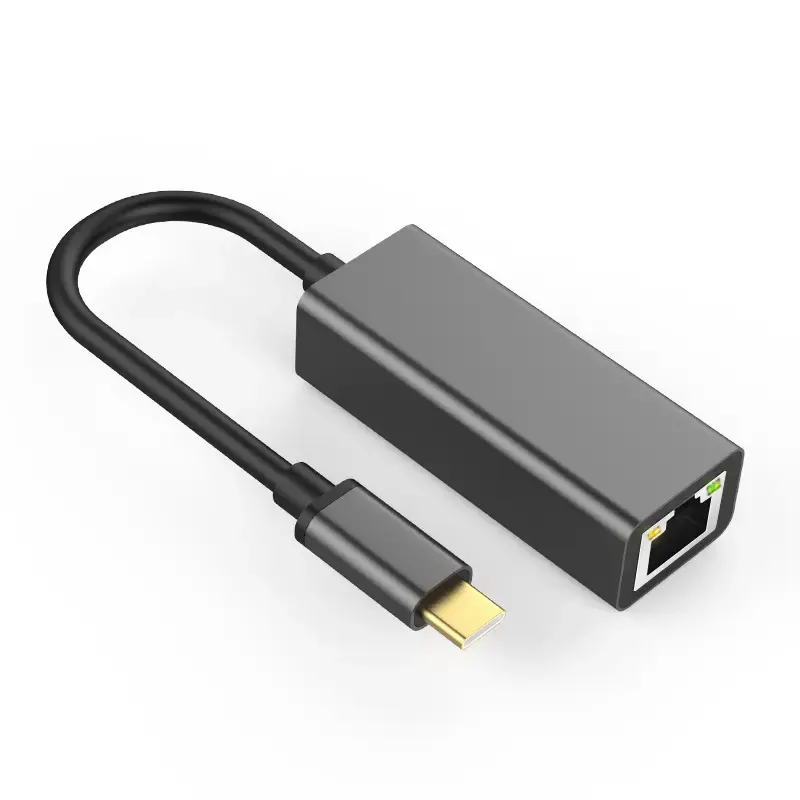
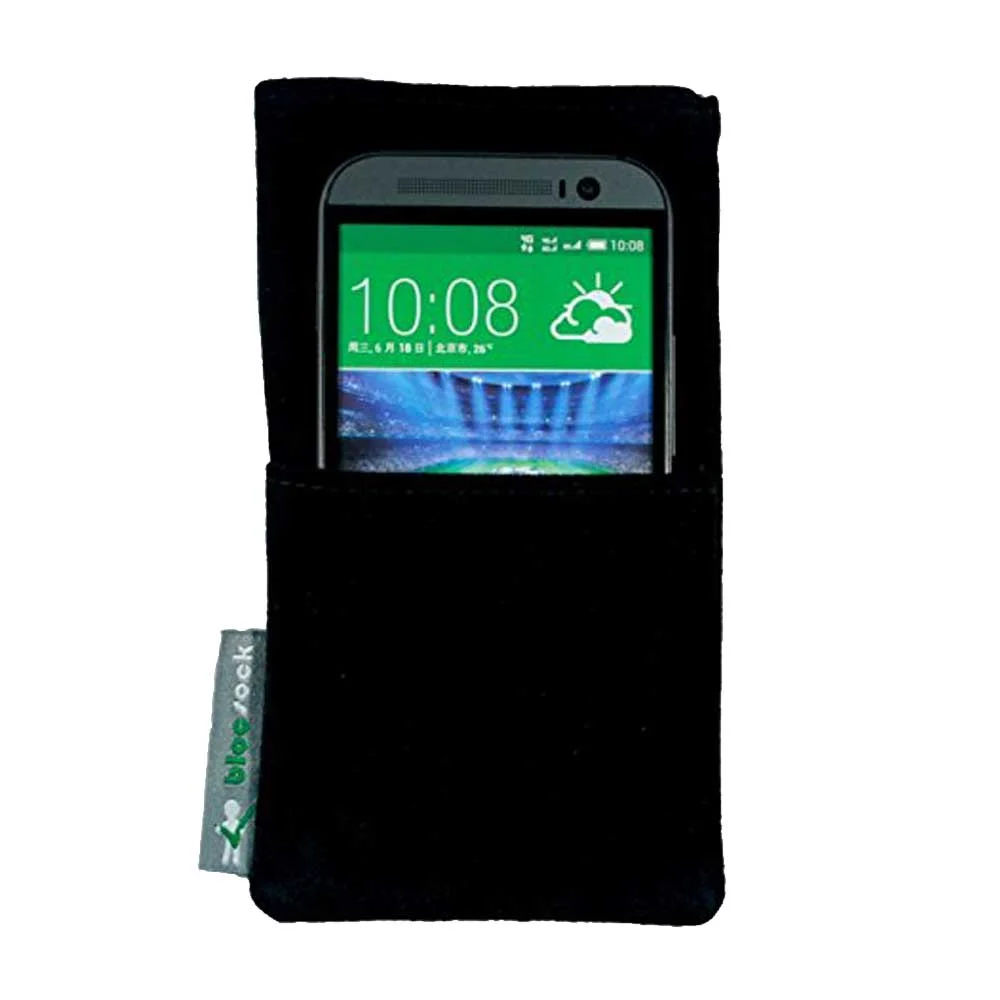

.webp)

